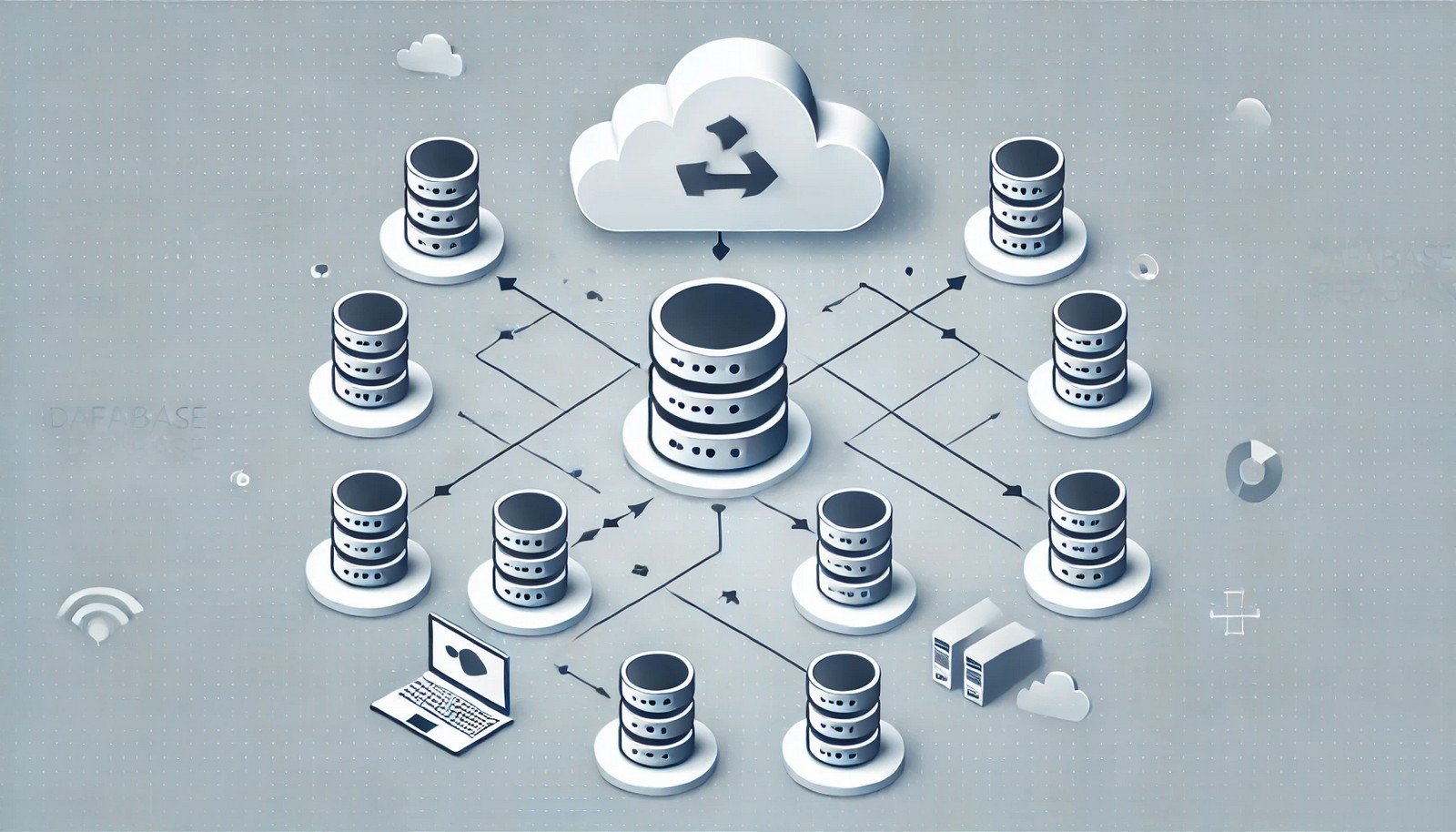Database Replication
 (Representational Image | Source: Dall-E)
(Representational Image | Source: Dall-E)
Quick Navigation:
- Database Replication Definition
- Database Replication Explained Easy
- Database Replication Origin
- Database Replication Etymology
- Database Replication Usage Trends
- Database Replication Usage
- Database Replication Examples in Context
- Database Replication FAQ
- Database Replication Related Words
Database Replication Definition
Database replication is the process of copying and synchronizing data from one database to another, ensuring consistency and availability. It is used to improve performance, enable disaster recovery, and distribute data across multiple locations. Replication can be synchronous (instant updates) or asynchronous (delayed updates). Common types include full replication, partial replication, and transactional replication, each catering to different scalability and reliability needs.
Database Replication Explained Easy
Imagine you have a notebook where you write all your homework. Now, think of a friend who makes a copy of everything you write, so if you ever lose your notebook, they have all your notes safe. That’s what database replication does—it keeps a copy of data in another place so nothing is lost, and it can be accessed faster when needed.
Database Replication Origin
The concept of database replication emerged with the rise of distributed computing in the 1980s and 1990s. As businesses expanded and required real-time access to data across different locations, database systems incorporated replication techniques to enhance reliability and performance.
Database Replication Etymology
The term "replication" comes from the Latin word replicare, meaning "to fold back" or "repeat." In computing, it signifies the process of duplicating data to maintain consistency and redundancy.
Database Replication Usage Trends
With the explosion of cloud computing and global applications, database replication has become crucial in industries like finance, e-commerce, and telecommunications. Modern replication strategies support high availability systems, real-time analytics, and multi-cloud architectures. Trends show increased adoption of distributed databases like MySQL, PostgreSQL, and NoSQL solutions, which offer built-in replication features for better scalability.
Database Replication Usage
- Formal/Technical Tagging:
- Data Synchronization
- Distributed Databases
- Fault Tolerance - Typical Collocations:
- "real-time database replication"
- "synchronous replication strategy"
- "multi-master replication setup"
- "replication lag issue"
Database Replication Examples in Context
- An e-commerce website replicates its database across multiple regions to ensure customers experience low-latency browsing and transactions.
- A financial institution uses replication to maintain real-time backup databases for fraud detection and disaster recovery.
- Cloud service providers replicate customer data across multiple servers to prevent downtime and data loss.
Database Replication FAQ
- What is database replication?
Database replication is the process of copying and synchronizing data across multiple databases to ensure consistency and availability. - Why is database replication important?
It improves data redundancy, enables disaster recovery, and enhances performance by distributing the workload. - What are the types of database replication?
Common types include full replication, partial replication, transactional replication, and snapshot replication. - How does synchronous replication differ from asynchronous replication?
Synchronous replication updates all copies simultaneously, while asynchronous replication allows some delay in updating replicas. - What are some challenges of database replication?
Challenges include replication lag, data conflicts, increased storage costs, and maintaining data consistency across distributed environments. - Which databases support replication?
Popular databases with replication features include MySQL, PostgreSQL, Microsoft SQL Server, MongoDB, and Oracle. - How is replication different from backup?
Replication ensures real-time data consistency across multiple locations, while backup is a periodic copy of data for recovery purposes. - Can replication work across cloud platforms?
Yes, modern cloud-based replication tools enable data synchronization across AWS, Azure, and Google Cloud. - What is replication lag?
Replication lag occurs when updates to the primary database are not immediately reflected in the replica, causing delays in data consistency. - How does replication impact performance?
While replication enhances read performance, it can increase write latency due to synchronization overhead.
Database Replication Related Words
- Categories/Topics:
- Distributed Systems
- High Availability
- Cloud Computing
Did you know?
The world’s largest databases, like those used by Google and Facebook, rely on advanced replication strategies to serve billions of users daily. Some systems use geographically distributed replicas to ensure ultra-fast access and minimal downtime.
PicDictionary.com is an online dictionary in pictures. If you have questions or suggestions, please reach out to us on WhatsApp or Twitter.Authors | Arjun Vishnu | @ArjunAndVishnu

I am Vishnu. I like AI, Linux, Single Board Computers, and Cloud Computing. I create the web & video content, and I also write for popular websites.
My younger brother, Arjun handles image & video editing. Together, we run a YouTube Channel that's focused on reviewing gadgets and explaining technology.



Comments powered by CComment